Naval power has always played a crucial role in shaping the dynamics of global geopolitics, given that world oceans cover more than two-thirds of the planet’s surface. From securing trade routes to projecting influence across vast oceans, navies serve as vital assets for nations worldwide. In this article, we delve into the realm of naval power and present a comprehensive ranking of the ten most powerful navies in the world.
The World Directory of Military Modern Warships (WDMMW) annually ranks world navies, taking into account several criteria mentioned earlier. Their ranking methodology emphasizes the total fighting strength of a navy and incorporates a True Value Rating (TVR) that considers both quantitative and qualitative aspects.
The quantitative aspect assesses factors such as the number of ships and naval manpower, while the qualitative aspect focuses on modernization, logistical support, defense and attack capabilities, training, and preparedness, as well as the mix of inventory. For this article, we will be presenting the 2024 rankings based on WDMMW’s assessment.
According to WDMMW’s 2024 ranking, the 10 most powerful navies in the world are United States Navy, People’s Liberation Army Navy, Russian Navy, Indonesian Navy, Republic of Korea Navy, Japan Maritime Self-Defense Force, Indian Navy, French Navy, Royal Navy and Turkish Navy.
The United States Navy is the most powerful navy in the world. Its TVR score 323.9. The U.S. Navy’s global reach, power projection capabilities, and a vast array of aircraft carriers, submarines, and surface vessels solidify its status as a dominant naval force. In the United States, both the Navy and Marine Corps constitute naval services.
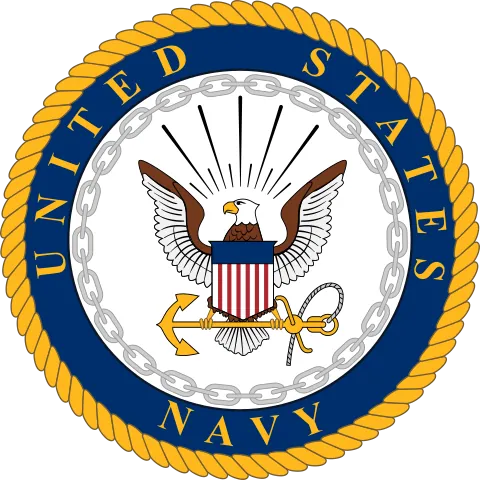
The proposed budget for the Department of the Navy in fiscal year 2024 is $255.8 billion. According to the Department of the Navy, $202.5 billion (79.2%) of this budget is allocated to the Navy, while $53.2 billion (20.2%) is designated for the Marine Corps.[1]
Currently, the US Navy (navy and Marines Corps combined) has approximately 837,055 total naval personnel and around 291 battleforce ships ( as of November 6, 2023).[2] Operating around 4,000 aircraft, including the F-18 Super Hornet and the stealthy F-35 Lightning II, the U.S. Navy’s capabilities are unmatched.
Its fleet includes 11 nuclear-powered aircraft carriers, 9 helicopter carriers, 22 guided missile cruisers, 70 destroyers, 21 littoral combat ships, over 70 nuclear-powered submarines, and numerous patrol boats, landing ships, and auxiliary vessels.
The U.S. Navy is unique because approximately 30% of it is consistently stationed far from home, comprising two or three Carrier Strike Groups (CSGs) and Amphibious Readiness Groups (ARGs). This deployment covers areas such as the Western Pacific, the Indian Ocean/Persian Gulf, and European waters. [2]
The US Navy started its journey on October 13, 1775.
At number two, the People’s Liberation Army Navy (PLAN) of China boasts a well-rounded naval force, equipped with modern warships and advanced technology. Its TVR score 319.8
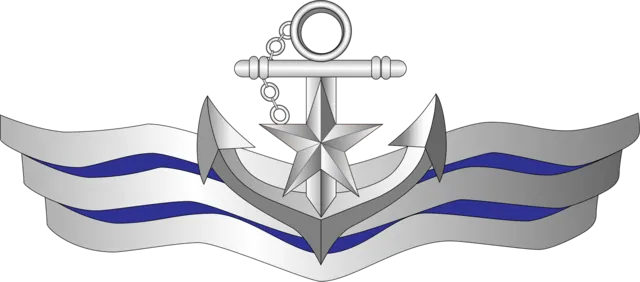
China’s fleet expansion and development of aircraft carriers, destroyers, and ballistic missile submarines contribute to its rising power in the maritime domain. The PLAN’s regional influence and power projection capabilities in the Indo-Pacific region are notable.
The PLAN has around 300,000 naval personnel and a vast fleet of 750+ ships, including over 230 auxiliary vessels. Operating 600+ aircraft, including J-10, J-11, Su-30MK, and J-15 fighter jets, the Chinese Navy is a force to be reckoned with. Its fleet comprises three aircraft carriers ( the latest one is CNS Fujian), two helicopter carriers, 51 destroyers, 50 frigates, 71 corvettes, and 80 submarines. In just one year, from 2022 to 2023, the Chinese Navy expanded by approximately 30 ships, with the Pentagon classifying 15 of them as major surface combatants.
People’s Liberation Army Navy started its journey on April 23, 1949
Claiming the third spot, the Russian Navy showcases remarkable strength and capabilities. Despite having a smaller fleet compared to the U.S. Navy, Russia boasts advanced technology, particularly in submarines and missile systems. The Russian Navy’s expertise in operating in challenging environments, such as the Arctic, along with its focus on modernization, cements its position as a significant player in global maritime operations. Its TVR score 242.3.
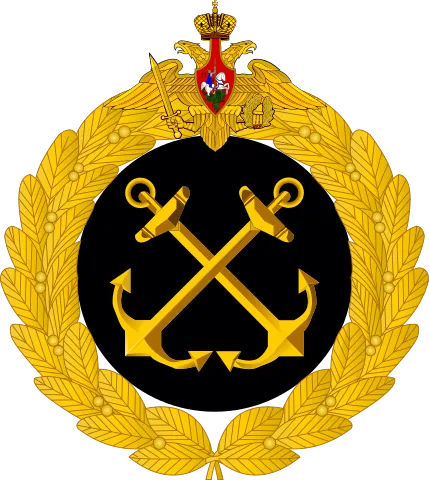
The Russian Navy has around 160,000 total naval personnel and a fleet of approximately 360 ships. Operating around 370 aircraft, including the MiG-29, Su-33, Su-30, and Su-27 fighter jets, the Russian Navy projects power across the globe. Its fleet consists of one aircraft carrier, five cruiser ships, 12 destroyers, 11 frigates, around 81 corvettes, and approximately 68 submarines.
The Russian navy has existed in various forms since 1696.
The Indonesian Navy ranked fourth in the list of the top 10 most powerful navies in the world. It possesses a formidable naval force that plays a vital role in securing the vast Indonesian archipelago and projecting regional influence. The strength of the Indonesian Navy lies in its sizeable fleet, modernization efforts, and strategic positioning in the Indo-Pacific region. Its TVR score 137.3.
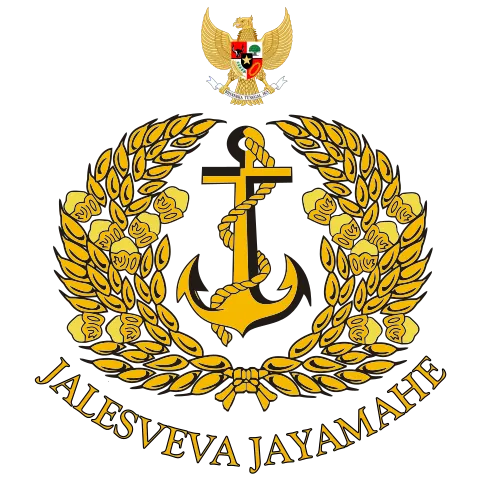
The Indonesian Navy has approximately 75,000 naval personnel and a fleet of over 243 naval ships. It is a formidable force in the Indo-Pacific region. Its fleet comprises seven frigates, 25 corvettes, and four submarines, nine mine warfare, 168 offshore patrol vessels and 30 amphibious assault ships.
Indonesia has signed an agreement with domestic company PT PAL and France’s Naval Group to procure two Scorpene-class submarines. In total, the Indonesian Navy aims to acquire 12 submarines.
The Indonesian Navy will soon add two Turkish-made Fast Missile Boats (KCR) to its fleet. This will complement the existing six missile boats built by Indonesia’s state-owned shipbuilder, PT PAL.
The Indonesian Navy started its journey on September 10, 1945.
With a well-developed naval infrastructure and an array of advanced vessels, the Republic of Korea Navy claims the fifth spot on our list. South Korea’s focus on technological advancements and force readiness, coupled with its significant regional presence, positions it as a key player in the Asia-Pacific region. The Republic of Korea Navy’s advanced surface combatants, submarines, and amphibious assault ships contribute to its ability to safeguard its interests and maintain regional stability. Its TVR score 122.9.
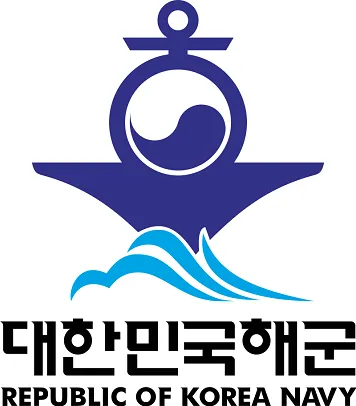
The South Korean Navy has approximately 70,000 active naval personnel and a fleet of about 150 ships. Operating around 70 aircraft, including helicopters, this navy is known for its versatility. Its fleet comprises two helicopter carriers, 12 destroyers, 12 frigates, 11 corvettes, and 18 submarines.
The Republic of Korea Navy started its journey on November 11, 1945.
Japan Maritime Self-Defense Force
The Japan Maritime Self-Defense Force (JMSDF) is the 6th strongest navy in the world. It possesses a formidable fleet supported by advanced technologies. Japan’s focus on maritime defense, including its helicopter destroyers, Aegis-equipped destroyers, and modern submarines, enables it to effectively protect its interests and contribute to regional stability. Its TVR score 121.3.
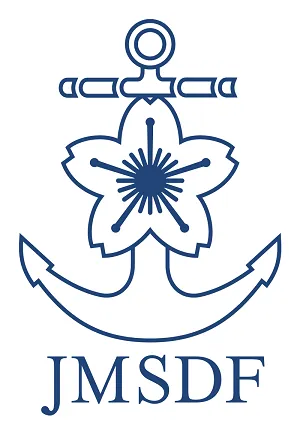
The Japanese Navy has around 51,000 active naval personnel and a fleet of 150+ ships, including 21 support vessels. Operating around 350 naval aircraft, including the stealthy F-35B, this navy is a formidable force in the Asia-Pacific region. Its fleet comprises two light aircraft carriers, two helicopter carriers, 26 destroyers, 10 frigates, 6 corvettes, and 19 submarines.
The Japan Maritime Self-Defense Force started its journey on July 1, 1954
With a balanced combination of fleet size and technological prowess, the Indian Navy secures the seventh spot on our list. India’s navy has undergone significant modernization and expansion, acquiring advanced warships and submarines. Its regional influence in the Indian Ocean and power projection capabilities make it a key player in the maritime domain. Its TVR score 99.1.
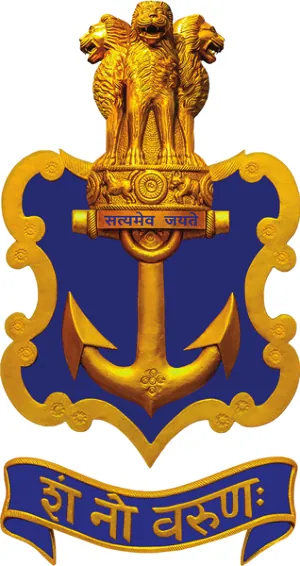
The Indian Navy has around 68,000 active naval personnel and a fleet of about 300 ships, including 150 support vessels. The Indian Navy operates approximately 300 naval aircraft, including the MiG-29 as its carrier-based fighter jet. Its fleet includes two aircraft carriers, 10 destroyers, 13 frigates, 23 corvettes, and 20 submarines.
The Indian Navy started its journey on January 26, 1950.
The French Navy secures the eighth position with its well-equipped fleet and regional influence. France’s naval capabilities, including its aircraft carriers, nuclear-powered submarines, and amphibious assault ships, contribute to its power projection capabilities and its role as a significant maritime force in European waters and beyond. Its TVR score 92.9.
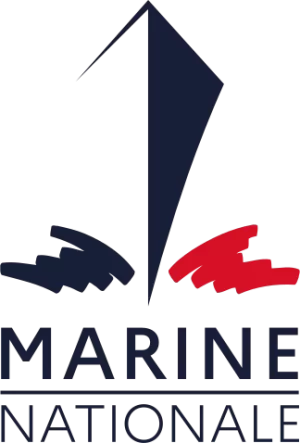
The French Navy has around 37,000 naval personnel and a fleet of 180 naval ships. The French Navy operates carrier-based fighter jets known as the Dassault Rafale. Its fleet includes one nuclear-powered aircraft carrier, three helicopter carriers, 11 destroyers, 11 frigates, and 10 nuclear-powered submarines.
The French Navy was founded in 1624.
The Royal Navy of the United Kingdom is the 9th strongest navy in the world. It stands as a formidable force with a rich naval tradition. It possesses a balanced fleet of surface combatants, submarines, and aircraft carriers, including HMS Queen Elizabeth. The Royal Navy’s global reach, extensive experience, and interoperability with allied forces solidify its status as a key player in maritime security. Its TVR score 88.3.
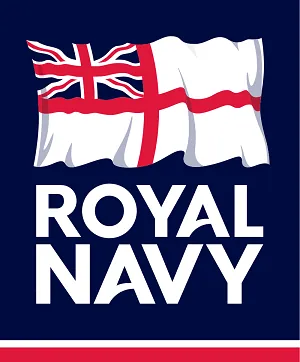
The Royal Navy has approximately 34,000 active naval personnel and a fleet of around 90 ships. It operates approximately 175 aircraft, including the stealthy F-35 Lightning II carrier-based fighter. The Royal Navy’s fleet includes two aircraft carriers, six destroyers, and 13 frigates. It also has 11 nuclear-powered submarines.
The Royal Navy started its journey in 1546.
Finally, ranked tenth in the world, the Turkish Navy stands as a formidable maritime force in the Mediterranean and Black Sea regions. With a rich naval heritage and a focus on modernization, the Turkish Navy demonstrates its commitment to protecting national interests and contributing to regional security. Its TVR score 80.5.
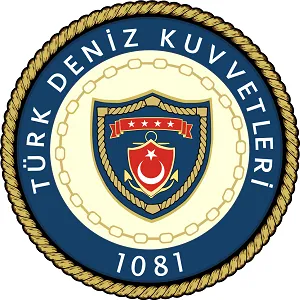
The Turkish Navy has around 45,000 active naval personnel and an impressive fleet of 90 naval ships, including support vessels. Its fleet consists of 1 helicopter carrier, 5 amphibious assault ships, 16 frigates, 10 corvettes, 11 mine warfare, 35 offshore patrol vessels, and 12 submarines.
The Turkish Naval Forces started its journey in 1081.
The top 10 most powerful navies in the world in 2024 are
- United States Navy
- People’s Liberation Army Navy
- Russian Navy
- Indonesian Navy
- Republic of Korea Navy
- Japan Maritime Self-Defense Force
- Indian Navy
- French Navy
- Royal Navy
- Turkish Navy
In conclusion, these naval forces excel in naval capabilities, power projection, and regional influence. These navies also possess a combination of fleet size, advanced technology, training, and operational readiness that enable them to navigate the complex maritime landscape. As the world continues to evolve, the dynamics of naval power will adapt accordingly. Emerging technologies, geopolitical shifts, and evolving security challenges will shape the rankings in the future. Nations must continuously invest in their naval forces to maintain a strategic edge and adapt to emerging threats.
Sources
- Defense Primer: Department of the Navy, Congressional Research Service, November 3, 2023.
- Defense Primer: Naval Forces, Congressional Research Service, November 14, 2023.

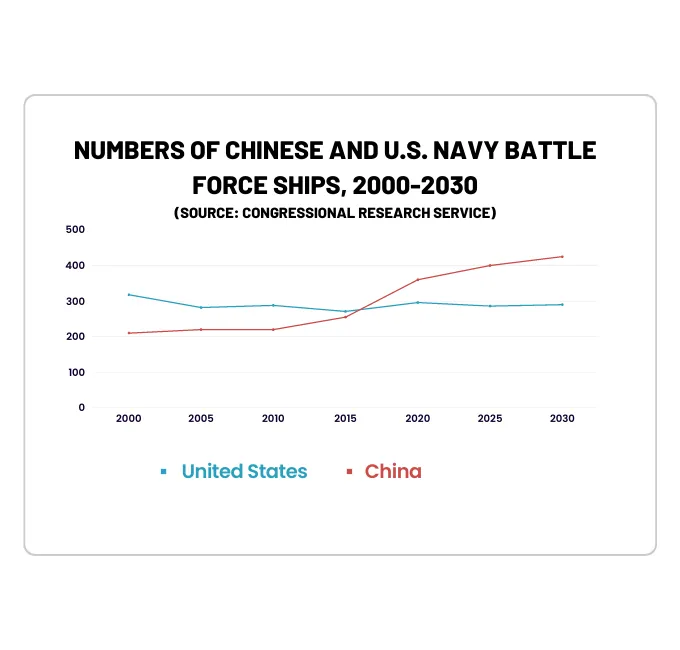
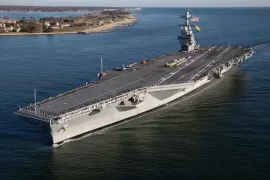






You ordered them wrong. The order doesn’t match the descriptions.
Thank you so much for pointing out the mistake. We have corrected it. Please have a look . Thank you again.
1) You don’t need to put ‘British’ in front of Royal Navy. The Royal Navy is the most well known navy in the world and doesn’t need it…
2. You don’t need to put the word ‘The’ in front of HMS, when naming British ships. So ‘The HMS Queen Elizabeth’ simply needs to be written as ‘HMS Queen Elizabeth’.
Your webpage is very good though. I like it!!
Thank you for the suggestion. We have accommodated it.
Top 3 ok. But everything below is completely wrong.
4th Japan navy
– 3rd largest modern surfacefleet.
5th UK
– carriors, nuclear sub
6th France
– carriors, nuclear sub
7th India
– carriors, large fleet
8th Korea
– large modern surface fleet
9th Italy
– carriors, modern surface fleet
10th Turkie? Taiwan? Hard to say
Idk where you made the list from but it made absolutely no sense
Hahaha…. Mr. Know everything
good point made about the ranking.
Idiots don’t comprehend size of Indonesian ship building industry, it churns out more warships per year licensed from Damen, Hyundai, Japan, Arrowhead, Iver Huitfeld, etc in one year than most navies have capital ships. Nuclear power means nothing- nuclear weapons cannot be used without mandatory nuclear retaliation= mutually assured destruction thus nuclear propulsion and weapons are utterly irrelevant. Colonial powers like minnow Australia sweating beads other countries can not only out manufacture them but also out initiate and fully crew their ships for immediate active service (unlike many nations having to drydock ships until naval recruitment can man these ships). The world is returning to precolonial power situation, where empires rule their regional waves once again.
Indonesian Navy inclusion in top 10 is completely wrong fact and top 3 order correct and after that 4th is Royal Navy,5th is French navy,6th is Indian Navy,7th is Japanese navy and 8th is Korean navy,9th is Italian navy and 10 th is German navy.
you did it wrong china is no.1 russia is no.2 and america is no.3 u probably got this from mcdonalds wifi or smthn this is like 2020 ranks not 2023